Potassium is an important macronutrient that supports healthy growth and protects against lawn illnesses. Your lawn's need for potassium will depend on how much potassium is already present in the soil. But when should you apply it, and how should you do it? We gathered information regarding the subject, and here is what we discovered.
Spring and fall are fantastic times to apply potassium as a fertilizer to repair damage and depletion from the summer. However, you can use potash all year long, as supplying potassium to a lawn deficient in this mineral can help the grass in all seasons.
Read on as we discuss why you should do a soil test to determine the amount of potash you need. We'll also cover what potash does to your grass, its benefits, and how you should apply it. In addition, we'll also cover the different types of potash fertilizers.
![beautiful picture of a lawn on the park, clean green park, green grass, summer time, sunny day, sun lit photo, When To Apply Potash To Lawn [And How To]](https://gardentabs.com/wp-content/uploads/2022/08/When-To-Apply-Potash-To-Lawn-And-How-Tovisuals.png)
What Is Potash?
Various mined and produced salts that contain potassium in a water-soluble form are referred to as potash.
The outdated method for harvesting potassium gave rise to the name potash. Modern processes are quite different from the old pot separation mode, but the resulting potassium is valuable for plants, animals, and humans.
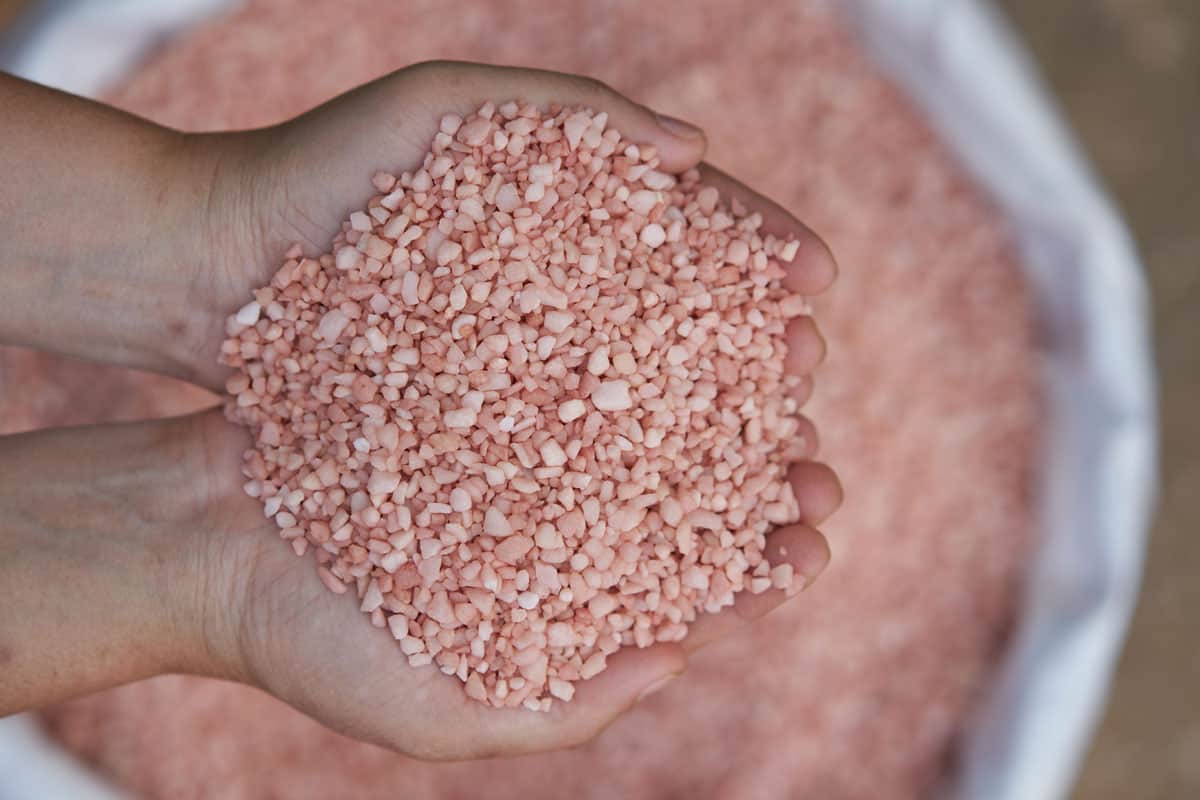
The seventh most frequent element in nature, potash, is found in large quantities in the soil. In the form of salt deposits, it is extracted from the soil. The forms of potash utilized in fertilizer are potassium salts in the form of nitrates, sulfates, and chlorides. Plants use them and release potassium into their products as a result.
Potash Application: How To Add It To Your Lawn?
Here are the steps in applying potash to your lawn:
1. Administer Soil Testing
- Request soil testing tools and information from your neighborhood cooperative extension office.
- With a hand trowel, gather soil samples all over your yard.
- Combine between 10 and 15 samples that you collected from your yard at a depth of 3 inches.
- Dry the soil sample before putting it in the containers that were given to you.
- Then send the soil sample for analysis to the cooperative extension.
2. Pick A Fertilizer With A Lot Of Potassium
- Pick a fertilizer with a high potassium content. The third number in the sequence indicates the potassium content of the fertilizer.
- Use muriate of potash or similar fertilizer with a high potassium concentration for lawns if the potassium content of your grass is less than 25 parts per million.
3. Determine the Amount of Fertilizer to Use
- Allocate your fertilizer for spring and fall applications every two years.
- Calculate the annual amount of fertilizer to add based on the findings of your soil test.
4. Evenly Distribute The Fertilizer Throughout Your Lawn
- When the weather is chilly and the ground is dry, evenly spread the necessary amount of fertilizer across your grass.
- Fill your spreader with the fertilizer, then apply it evenly throughout the entire grass.
- Divide the appropriate fertilizer dosage into two separate spring and fall applications.
How Does Potassium Help Grass On The Lawn?
Potassium plays a crucial role in regulating processes, including the plant's more effective usage of nitrogen and the synthesis of some plant components. Soluble potash (K2O), when added to the soil, helps grass tolerate disease, stress, and drought.
In particular, potassium supports the maintenance of turgor pressure in plant cells, which has a favorable impact on drought tolerance, cold hardiness, and disease resistance. As a result, turf with potassium shortages may be more vulnerable to disease, winter damage, and drought.
How To Determine The Amount Of Potash Your Lawn Needs?
It can be challenging to determine if your grass has low potassium levels. A soil test is the only reliable method of learning about nutrient levels.
Potassium is naturally present in large amounts in many different types of soil. Unfortunately, the potassium in the soil is frequently present in forms that plants cannot utilize. However, because the nutrient can more easily leach out of sandy soil, clay soils often have higher levels than sandy soils.
The best way to determine whether the soil has sufficient quantities of potassium (in K+ form) or whether more potassium and other nutrients are required is to test the soil.
Your soil will be tested using a pH meter or by professionals, and the results will provide recommendations for the types and amounts of fertilizers your soil needs to grow the healthiest lawns.
Click here for this soil pH tester on Amazon.
What Soil pH Level Is Best For Lawn Turf?
A scale from 0 to 14 is used to determine the soil's pH, indicating how acidic or alkaline it is. The soil is described as acidic when the pH is less than 7.0 and when the pH is higher than 7.0 it is alkaline. The pH scale classifies 7.0 as neutral, meaning it is neither acidic nor alkaline.
The ideal soil pH range for turfgrass growth is between 6.0 to 7.0, which denotes somewhat acidic soil conditions. A slightly acidic soil reaction is preferred since growing plants can best access most soil nutrients at this pH.
Best Ways To Apply Potash- What Are They?
After doing a site soil assessment, these are some techniques to quickly apply your potash and get your lawn up to standards.
Applying Granular Potash With Spreader
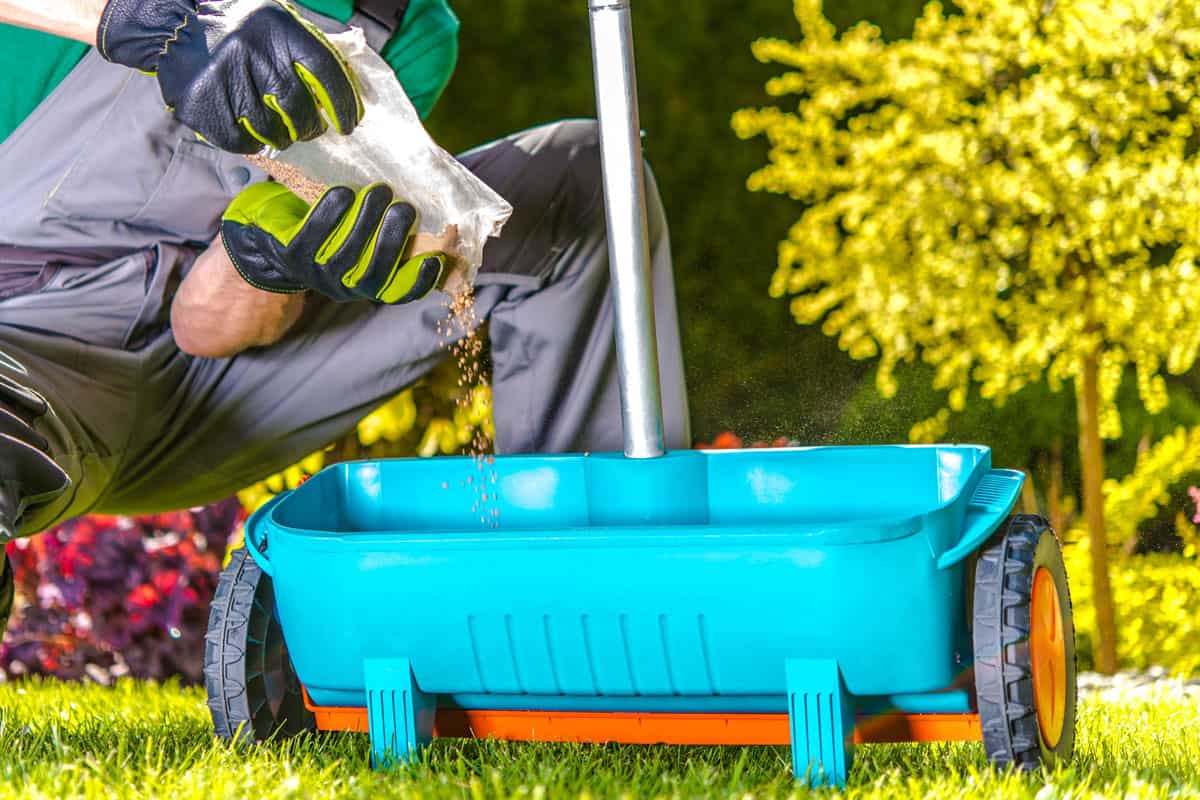
Using a spreader and granular potash fertilizer is the easiest technique to completely cover your grass with a potassium-rich fertilizer and raise your potassium levels. You will receive advice on how much fertilizer to use to raise the numbers to the suggested levels after completing a soil evaluation.
For excellent fertilizer coverage on the lawn, use a broadcast spreader or a drop spreader, depending on the size of your lawn. To guarantee that the fertilizer is deposited into the soil and enters the root zone for the grass and surrounding plants, time applying your fertilizer before a rain event or make irrigation plans.

Click here for this drop spreader on Amazon.
Applying Liquid Potash With Garden Hose
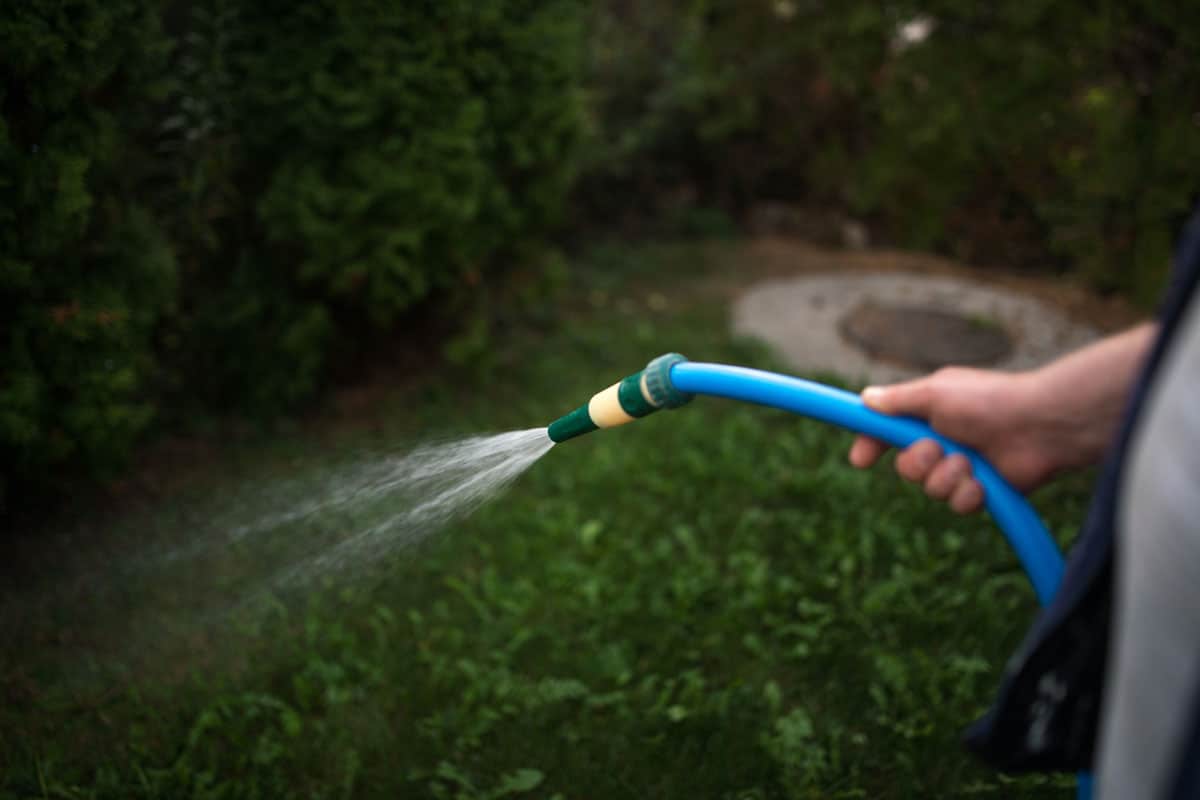
For homeowners with a tiny lawn who cannot afford the additional costs of a spreader, liquid fertilizers are a fantastic alternative. While watering the grass, you can easily apply liquid fertilizers by connecting to the garden hose.
To avoid wasting the product, it is still advisable to read the directions on the box and follow them when applying potassium.
Several little fertilizer treatments made in late spring, the middle of summer, and the middle of fall are better for maintaining a healthy lawn than one large application for smaller grass patches.
When sprayed with water, liquid fertilizers have the extra advantage of working right away. If you follow the application directions on the container, getting the product into the root zone should be no problem.
Click here for this sprayer on Amazon.
What Are The Different Types Of Potash And Which Should You Use?
There are a variety of potassium fertilizers you can use for your lawn. Here are some of the most common ones and their application.
Potassium Chloride
Although it is frequently forgotten, chloride is a crucial ingredient for plant growth. Recent studies have shown that many crops benefit from chloride applications, producing higher yields and higher-quality crops.
Like any liquid fertilizer, salt can cause harm to seeds or seedlings if excessive volumes are applied nearby. The least expensive source of potash is typically potassium chloride.
Click here for this product on Amazon.
Potassium Sulfate
For the development of proteins and enzymes, all crops need a sufficient amount of sulfur. Plants with low sulfur levels have lighter green leaves and lower yields and quality.
Sulfate, which is a component of potash fertilizers, is readily absorbed by plants.
Potassium-Magnesium Sulfate
Yellow leaves in the bottom part of the plant are the first sign of magnesium deficiency because of their crucial involvement in chlorophyll. Magnesium needs vary widely, and legumes typically have higher magnesium contents than grasses.
Potassium Nitrate
All high-yielding crops require a plentiful supply of nitrogen. This potassium source may be a viable choice for crops that prefer nitrate to ammonium as a source of nitrogen.
To address the nutrient needs of crops, there are numerous top-notch sources of potash. Choose the source that best satisfies your requirements.
Organic Alternatives Of Potassium
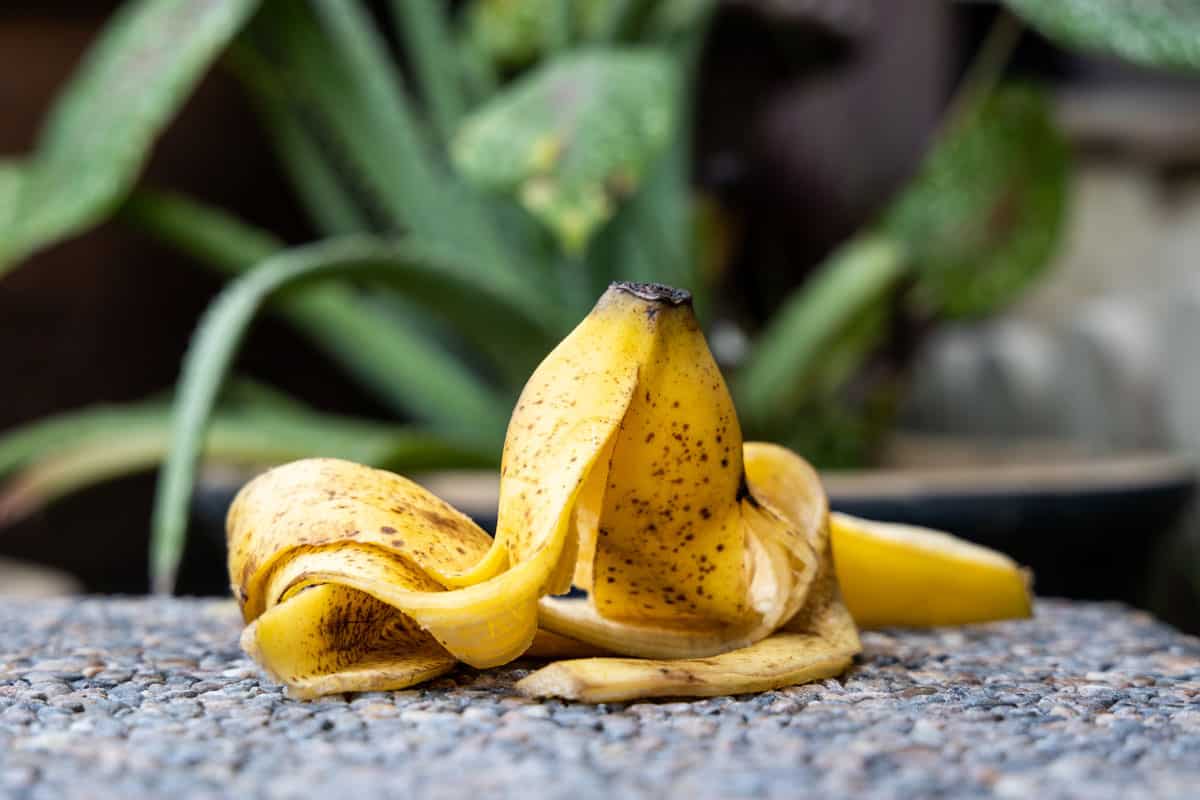
If you are looking for organic ways to apply potassium, then you can check these out:
Compost
Compost is organic and naturally abundant in potassium-rich nutrients. Add some banana peels or other fruit scraps to your compost to improve its potassium content.
Hardwood Ash
Ash from burning hardwoods contains a lot of potassium. This can be used right away or added to your compost.
Kelp Meal
You can find kelp meals in either liquid or solid form. A fantastic, all-natural source of potassium with a rapid release is a kelp meal.
What Are The Benefits Of Applying Potash To Your Lawn?
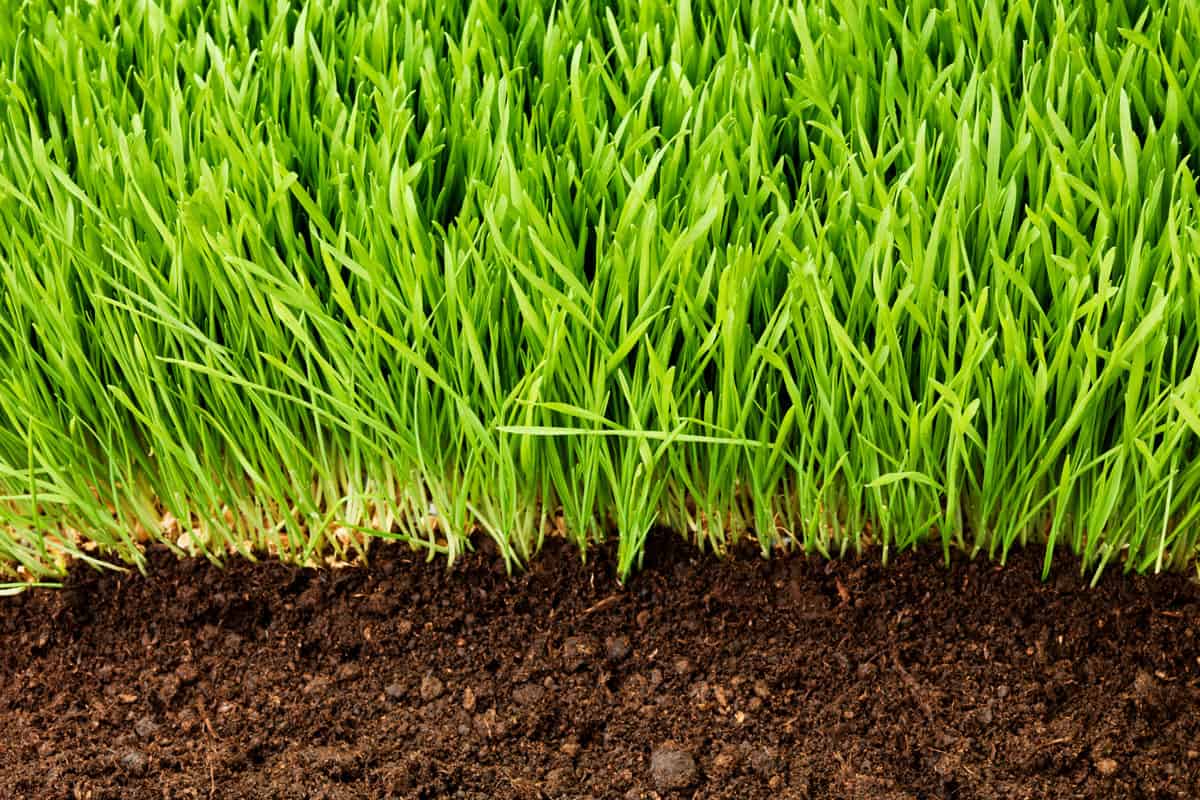
The following benefits of potassium-rich soil for plant growth are:
- Increases the retention of water
- Enhances root development and drought resistance
- Grow starch-rich grains
- Makes plants resistant to illness
- Increases the protein content of plants
- Decreases respiration and prevents energy losses
Final Thoughts
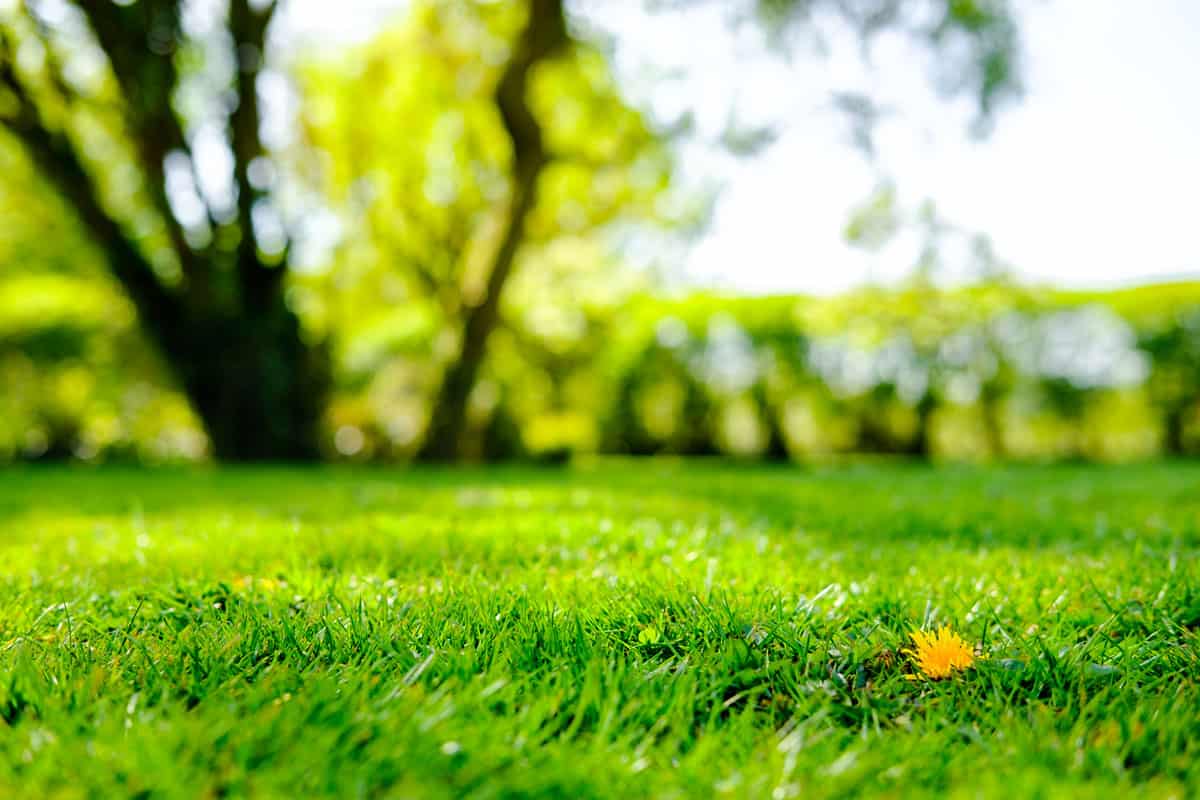
Although potash application can be done all year long, it is best to know when is the best time to do so. Not only will it help ensure that the grass absorbs all the nutrients it needs, but also prevent the fertilizer deem useless.
If you want to read more related topics to this post, you can check out these articles:
Can You Dissolve Fertilizer In Water? Should You?
How To Make Houseplants Grow Faster?
![When To Apply Potash To Lawn [And How To]](https://gardentabs.com/wp-content/uploads/2024/01/When-To-Apply-Potash-To-Lawn-And-How-To.gif)

